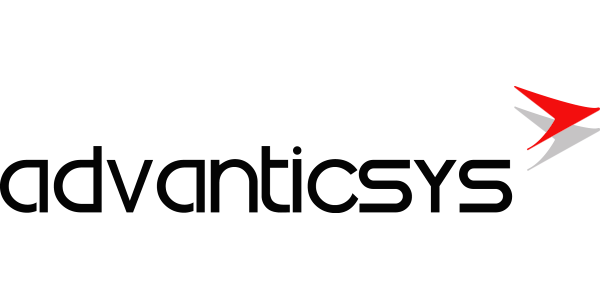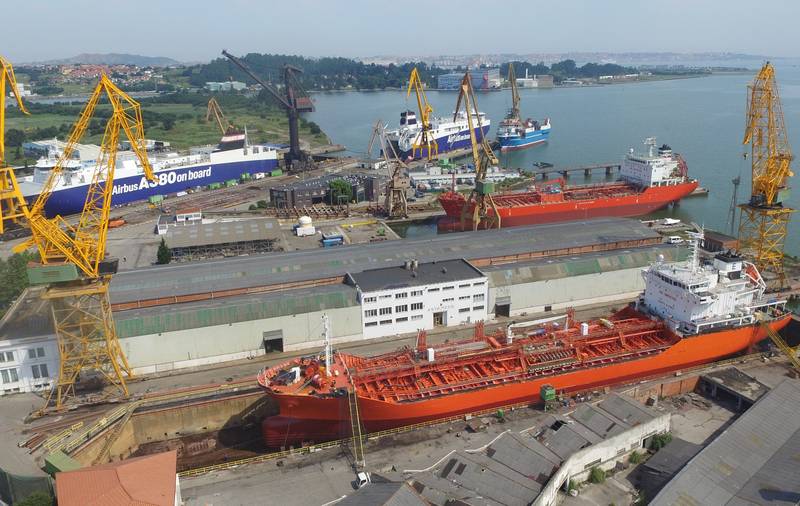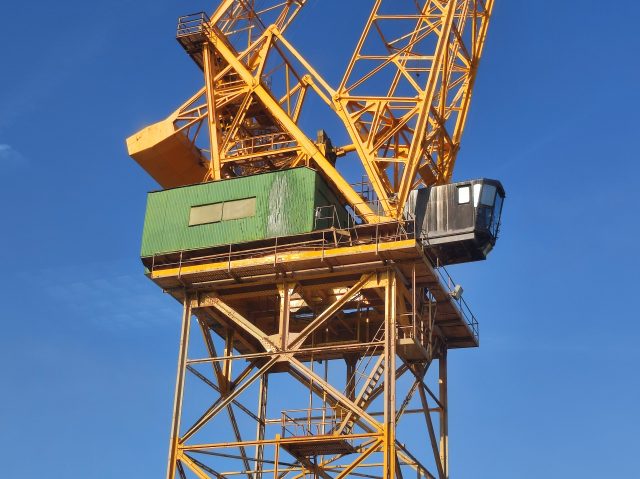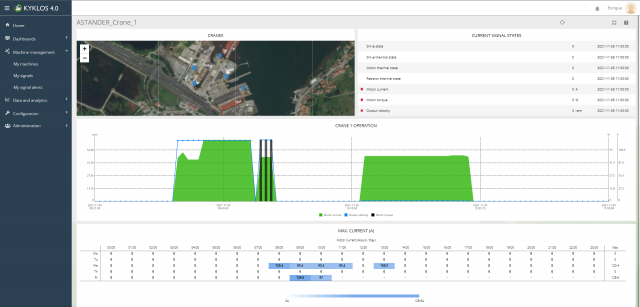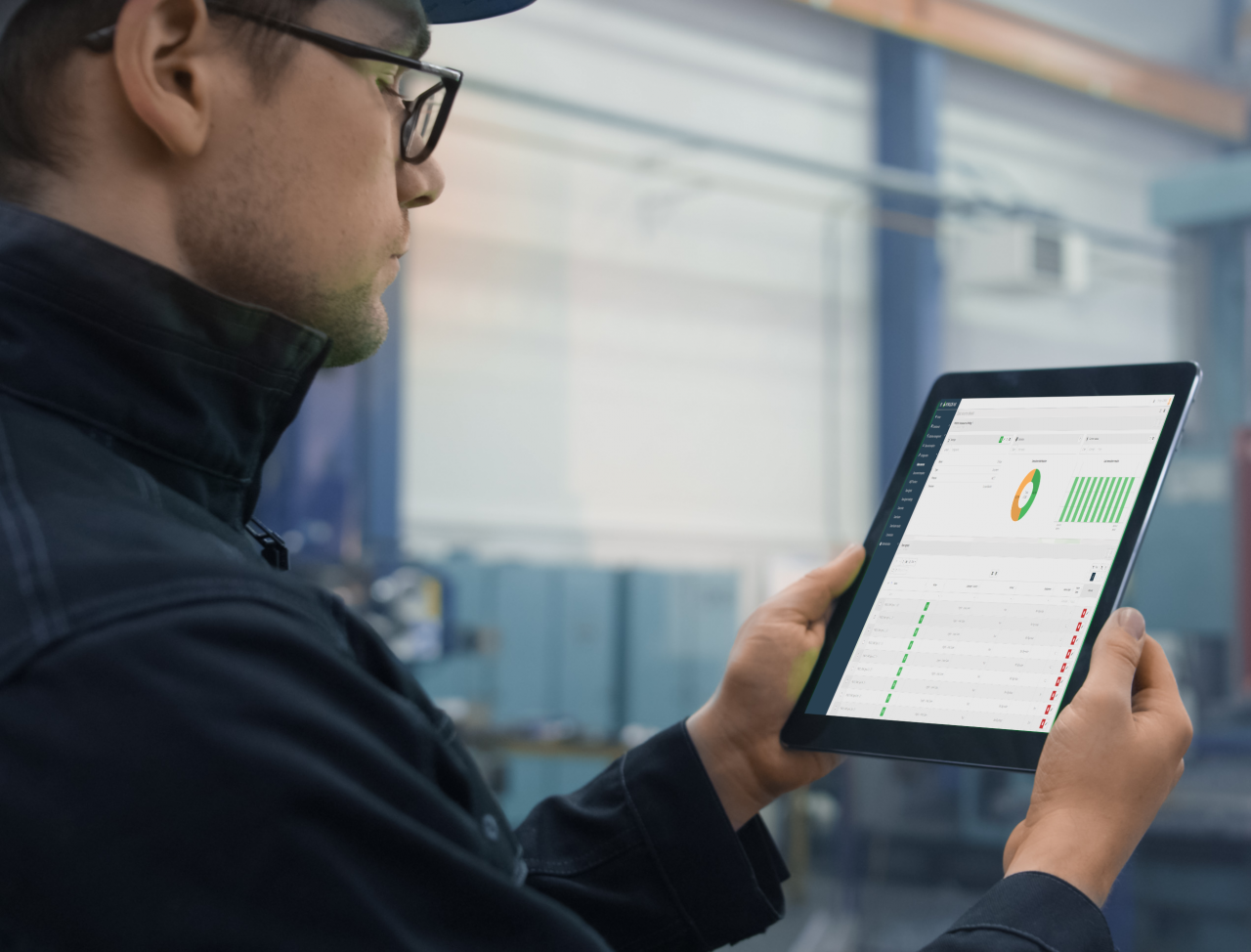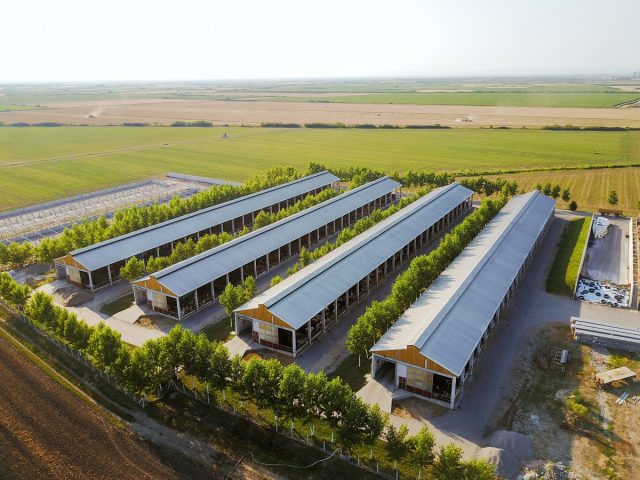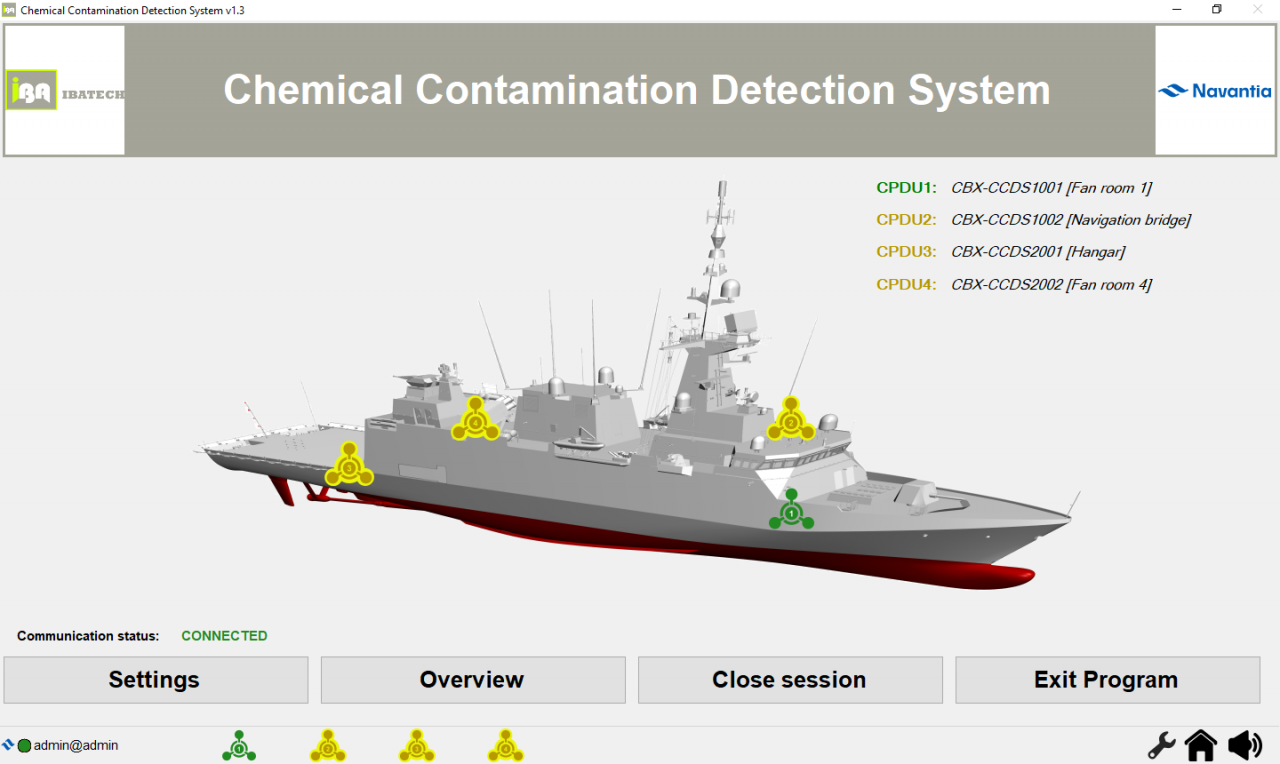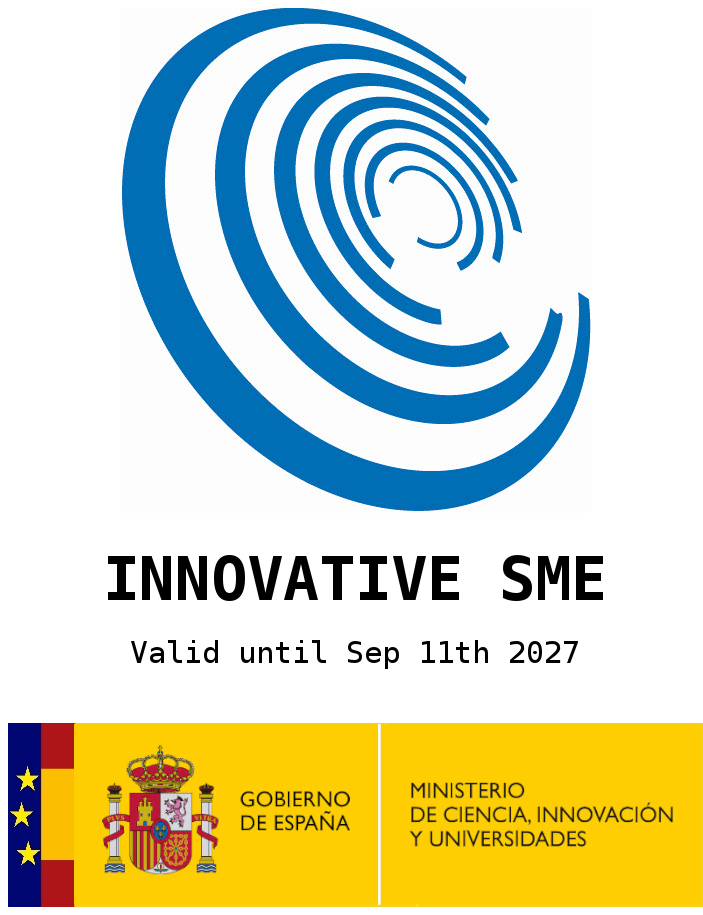We are facing the challenge of operating a sensorised shipyard, with the aim of implementing predictive maintenance in main facilities such as ASTANDER cranes. The collection of raw data, together with its processing, is the task that must be addressed by our platform.
Our partner ASTANDER will benefit from cost reduction while maintaining customer satisfaction, reducing downtime, and increasing quality.
Broadly speaking, predictive maintenance consists of the analysis of existing data that, using Artificial Intelligence techniques, allows us to know which parts of the observed system are likely to need maintenance before a failure occurs.
This is a breakthrough over reactive maintenance, avoiding downtime costs, which adds to reaction time when it occurs, and preventive maintenance, avoiding changing items that still remain usable. It also allows automating alerts and corrective actions, avoiding the human cost in terms of surveillance and stress.
Based on the above, advanticsys establishes two lines of action:
- Crane sensorization in collaboration with ASTANDER, making on-site configurations, advising, and verifying the sending of information.
- The collection and provision of data for analysis, configuring the data collection platform -deployed in the cloud- and supervising the process using the platform’s tools.
For this, a system has been developed that, using standards such as MQTT -to send and request data- and JSON -to structure the information returned- allows the information to be stored and transformed. This data is then securely shared through a REST API, another standard that allows data to be collected by defining what we want to retrieve via an Internet address URL). One measure of its simplicity is that we can access the results with a normal browser.
Therefore, the sensorized crane data that supports ASTANDER’s needs are now being successfully collected, transformed, validated, and delivered ubiquitously and securely to stakeholders.
The objectives of this Industry 4.0 application are twofold:
- Improve productivity, avoid downtime, and reduce maintenance costs associated with machinery.
- Increase safety, through intelligent monitoring to predict potentially damaging failures for workers in real time.
In this way, we align and improve ASTANDER standards, focusing on quality and safety while actively maintaining and promoting customer satisfaction.
Advanticsys continues its growth by planning the incorporation of new protocols widely used in Industry 4.0 -such as OPC UA-, the integration with new systems and the improvement of products. The exploitation of information is another objective on our path towards the implementation of Industry 4.0, the circular economy and associated processes. All these components will be available for our Concordia® Industrial IoT Cloud Platform.
This project has received funding from the European Union’s Horizon 2020 research and innovation programme KYKLOS 4.0 under grant agreement No 872570. More details can be found at KYKLOS 4.0 website.
